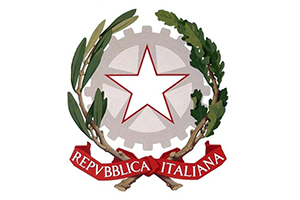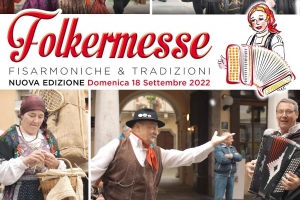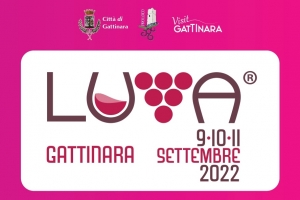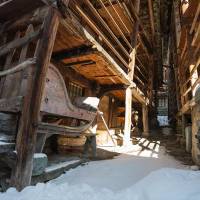
Evidence Of The First Settlements Of The Walser People In Valsesia Date Back To The Early 13th Century, Notably In Rimella, Rima And Alagna
In the Middle Ages there were several population movements due to a significant demographic increase and the desire to conquer new land to cultivate and possess. It is within this context that the Walser migration took place. This German-speaking ethnic group from the northern areas of Valais, from which the origin of the Walser name, left their native settlements to move gradually and extremely peacefully towards the Alps and the area of Grisons, Liechtenstein, Vorarlberg and Tyrol. Evidence of the first settlements of this population in Valsesia date back to the beginning of the 13th notably in Rimella, Rima and Alagna.
The community, made up of shepherds, settled in cottages scattered along side the mountain and with hard work they transformed woodlands into productive pastures. The soil was turned over and even the highest slopes were cultivated and aqueducts for the retrieval of water thaw were also built. Work tools and techniques, unknown until then, were refined and widespread even beyond the boundaries of the valley generation after generation.
This new form of economy created new grounds for personal freedom and community autonomy, unusual for a time when taxes and servitude were part of everyday life.
Their houses were examples of extraordinary architecture, which are still considered as engineering masterpieces, studied and structured in minute detail in order to gain maximum functionality because of the harsh environmental conditions. Normally arranged on three storeys, there is a stone basement, generally dry, with an upper area made out of wood and divided according to the use. The sloping roof is made out of local stone slabs, whose noteworthy weight is supported by a brilliant structure of roof beams.
Not to be overlooked are the roof gutters, made from partial, dug out larch logs. Of notable ingenious is also the space allocation: the basement hosts the stables which are equipped with drainage canals for the manure and there is also a living room and kitchen as well as an area for processing milk and for the preparation of yarn and hemp fabrics. Above the stable, on the ground floor, is the bedroom and next to it the storage room for the carpentry tools.
The first floor consists of the barn, where agricultural tools are stored and a closed area with shelves and racks used as a pantry for grains and other food goods. Outside, running completely around the structure, is a large and elegant balcony made out of horizontal poles used for drying hay, rye and hemp.
Alagna, over the years, has been able to preserve the Walser cultural heritage - the characteristic houses, fountains and bread ovens that can be used again today, old mills, the renewed sawmill and water wheel. the Tittschu language and with this, the traditions and customs of these people represent a priceless treasure, which has always been protected and passed down through the generations. For more information, contact the municipality of Alagna – “Walzer Information Desk” at ufficiowalseralagna@libero.it
-

Icefalls
-

Canoeing And Kayaking
-

Hiking
-
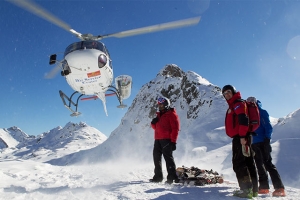
Heliski
-

Ski Touring
-

Freeride
-

Riverboarding And River Tubing
-

Rafting And Canyoning
-

Climbing
-

Snowshoeing
-

Skiing
-

Mountaineering
-

Cross-Country Skiing
-

Paragliding In Valsesia
-

BIKE TRIALS
-

-

Mountain Biking
-

Horseback Riding In Valsesia
-

Valsesia Sport Fishing
-

Gta And Tour Of The Monte Rosa





